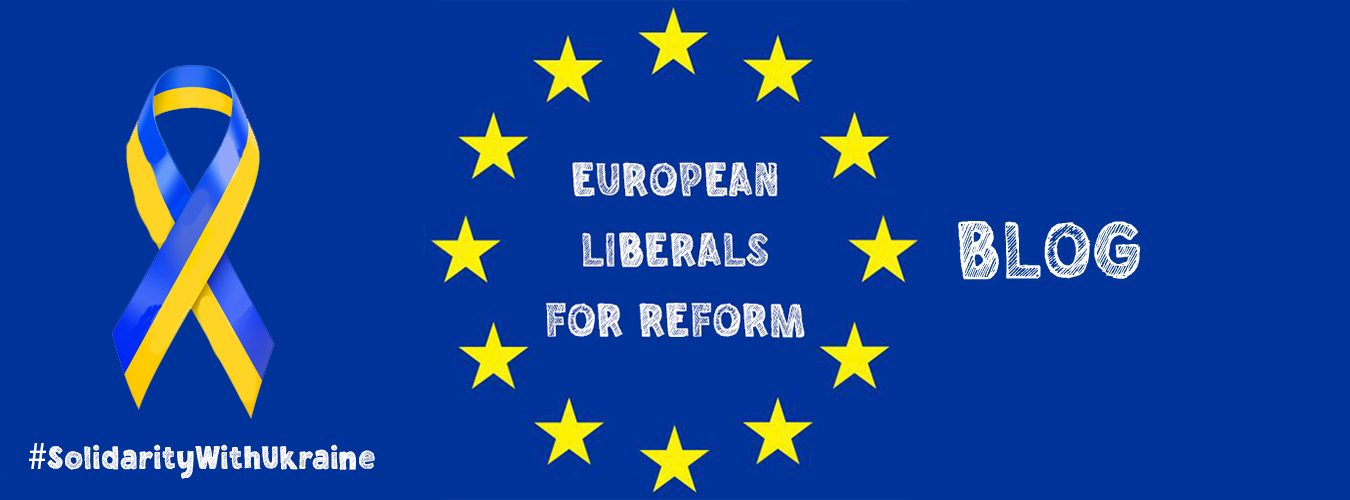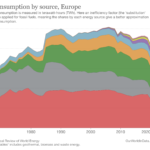🇮🇹 / Italian president
Good morning,
you may wonder why Italian’s voting for the next president started on Monday but it is still not decided who will follow president Sergio Mattarella, whose term will end on 3 February.
So here is a brief background of how the president of Italy come into power.
The president is elected not by the people but by the two chambers of parliament (the Chamber of Deputies with 630 and the Senate with 321 members) plus regional representatives (58) – altogether 1009 electors.
These electors can vote for any Italian over age 50 without a criminal record.
Usually, no one declares their candidacy. Jason Horowitz, Rome bureau chief of the New York Times, wrote in his piece about the election: “It is in this way much like a papal conclave, where the old saying is that whoever enters as pope leaves as a cardinal.”
There is, therefore, much speculation about who will become the next president. The length of the decision-making process also adds to the tension and speculation.
In the first three rounds of voting, the winner must secure at least a two-thirds majority. From the fourth round, an absolute majority is sufficient.
Since there is just one voting a day, the election could become interesting from Thursday on (fourth round).
Although the president has limited powers, they is a central figure in the political system of Italy. The president can appoint heads of government and their chosen ministers, and they has the power to dissolve parliament, a deterrent force that has played a part in numerous former political crises in Italy. – The country has had 64 governments since 1946.
There’s a reason why the current election is getting a lot of international attention: the current prime minister Mario Draghi has the best chance of becoming president.
This is remarkable for two reasons: Firstly, he would be the first prime minister to ascend to the job. Secondly, in just one year, Draghi has stabilised Italy’s politics and initiated long-overdue overhauls. If he now leaves the most influential political position in Italian politics, many fear that the country could return to more fractured and chaotic politics. On the other hand, making him president for seven years rather than keeping him as prime minister for a few more months could provide the country with long-term stability.
Other contenders but Draghi (according to The Guardian) are Pier Ferdinando Casini, a centrist senator who reportedly has good cross-party relations, Marta Cartabia, the justice minister, and Giuliano Amato, a former prime minister.
Maybe we’ll be smarter on Thursday. Maybe not. On 24 December 1971, Giovanni Leone was elected president with 518 votes out of 1,008, the smallest majority ever obtained by an elected president and after twenty-three rounds of voting.
Have a relaxing day,
Johannes
Author Profile

-
Founder of the "Good morning Europe blog" and Pixel economist
Guest author for European Liberals for Reform
Johannes' articles are originally written for the “Good morning Europe” blog (www.goodmorningeurope.org) and the Pixel economist (https://thepixeleconomist.substack.com).
We were given permission to publish his articles on the European Liberals for Reform blog.
Latest entries
Post Disclaimer
The opinions expressed by the author of this post do not necessarily represent the opinions and policies of ELfR.




